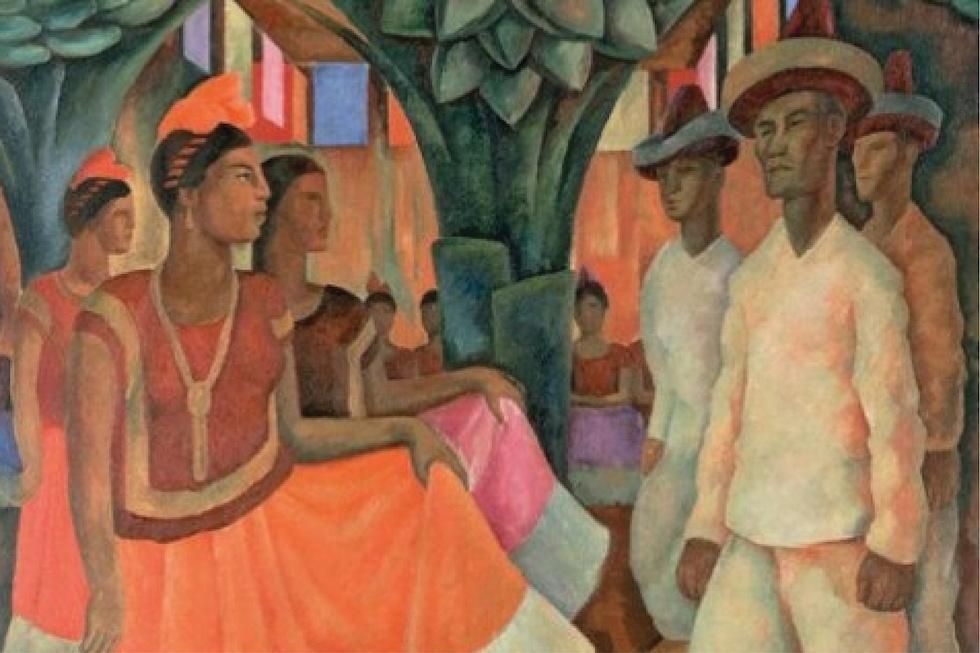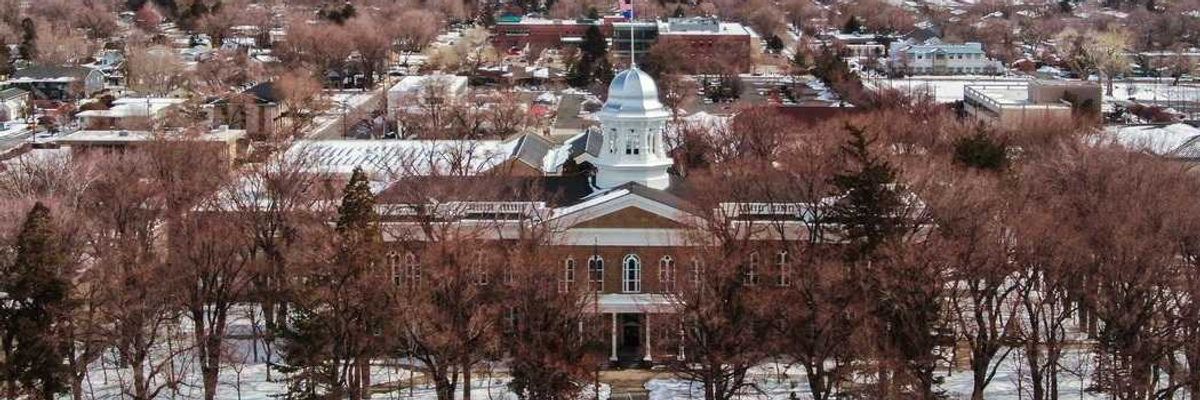“Rivera was one of the most aesthetically, socially and politically ambitious artists of the 20th century,” says James Oles, guest curator for Diego Rivera’s America.
Rivera’s vision of Mexico and the United States comes to life in San Francisco Museum of Modern Art’s (SFMOMA) Diego Rivera’s America. In anticipation of the new exhibition, SFMOMA reveals five anecdotes to know about the artist and his work.
- Rivera’s America. Rivera’s idea of “America” transcended political borders. He believed that the U.S. and Mexico had a similar historical foundation with a rich indigenous past that had been suppressed by colonial violence. As a result, he believed that both countries shared a creative force and revolutionary impulse.
- Bay Area influence. San Francisco was particularly important to Rivera. It was the first place he painted murals in the U.S., and his work was deeply influential to artists and muralists across the Bay Area.
- More than murals. SFMOMA is home to more than 70 works by Rivera, one of the largest collections of the artist’s work in the world. Diego Rivera’s America will feature more than 150 paintings, frescos and murals by the artist, and iconic works such as Flower Carrier (1935) will be shown alongside paintings that have not been seen publicly since leaving Rivera’s studio.
- Art for social change. Rivera considered art to be an essential tool in the struggle for greater social equality and justice. His works featuring labor, popular culture and family life highlight his desire to focus on everyday people as the protagonists of national narratives.
- Larger-than-life works. The last mural that Rivera painted in the U.S. is a colossal work measuring 22 feet high by 74 feet wide, painted for the Golden Gate International Exposition in San Francisco in 1940. The mural, commonly known as Pan American Unity, is free to view at SFMOMA for all visitors
// Diego Rivera’s America opens at SFMOMA on July 16th. Celebrate the opening of this highly anticipated experience with a free community day of revelry, activism, and art at SFMOMA on Sunday, July 17th. Buy tickets in advance and save at sfmoma.org.






















